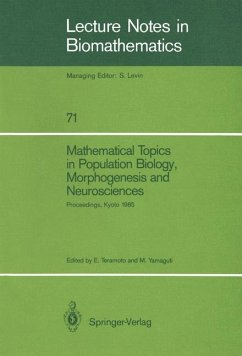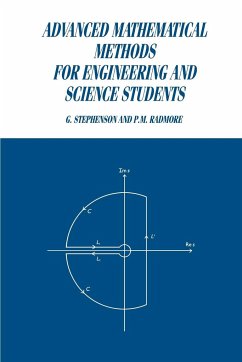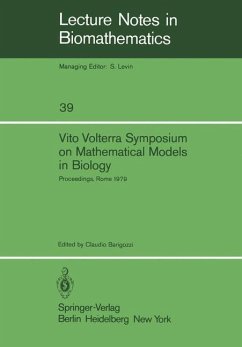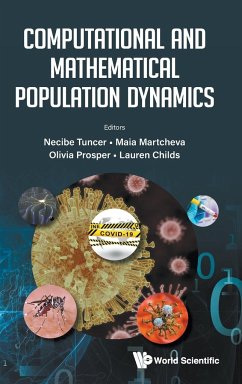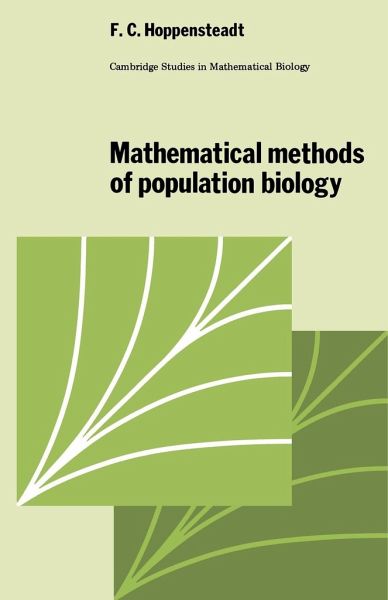
Mathematical Methods of Population Biology
Versandkostenfrei!
Versandfertig in 1-2 Wochen
38,99 €
inkl. MwSt.

PAYBACK Punkte
19 °P sammeln!
This introduction to mathematical methods that are useful for studying population phenomena is intended for advanced undergraduate and graduate students, and will be accessible to scientists who do not have a strong mathematics background. The material is graded in mathematical difficulty. The earlier parts of the book involve elementary diference equations while later chapters present topics that require more mathematical preparation. Models of total population and population age structure are first derived and studied, and then models of random population events are presented in terms of Mar...
This introduction to mathematical methods that are useful for studying population phenomena is intended for advanced undergraduate and graduate students, and will be accessible to scientists who do not have a strong mathematics background. The material is graded in mathematical difficulty. The earlier parts of the book involve elementary diference equations while later chapters present topics that require more mathematical preparation. Models of total population and population age structure are first derived and studied, and then models of random population events are presented in terms of Markov chains. The last two chapters deal with mathematical methods used to uncover qualitative behaviour of more complicated difference equations. Each chapter begins with a simple model, usually of some historical interest, that defines the primary goals of the chapter. Exercises, for which solutions are provided, illustrate material in the text and also deal with models more advanced than those derived and studied in the text.
Table of contents:
Preface; 1. Population dynamics; 2. Renewal theory and reproduction matrices; 3. Markov chains; 4. Perturbation methods; 5. Dispersal processes; Appendix; Solutions to selected exercises; References; Author index; Subject index.
This introduction to mathematical methods that are useful for studying population phenomena is intended for advanced undergraduate and graduate students, and will be accessible to scientists who do not have a strong mathematics background. Exercises illustrate material in the text and also deal with models more advanced than those derived and studied in the text.
This introduction to mathematical methods that are useful for studying population phenomena is intended for advanced undergraduate and graduate students, and will be accessible to scientists who do not have a strong mathematics background.
Table of contents:
Preface; 1. Population dynamics; 2. Renewal theory and reproduction matrices; 3. Markov chains; 4. Perturbation methods; 5. Dispersal processes; Appendix; Solutions to selected exercises; References; Author index; Subject index.
This introduction to mathematical methods that are useful for studying population phenomena is intended for advanced undergraduate and graduate students, and will be accessible to scientists who do not have a strong mathematics background. Exercises illustrate material in the text and also deal with models more advanced than those derived and studied in the text.
This introduction to mathematical methods that are useful for studying population phenomena is intended for advanced undergraduate and graduate students, and will be accessible to scientists who do not have a strong mathematics background.






